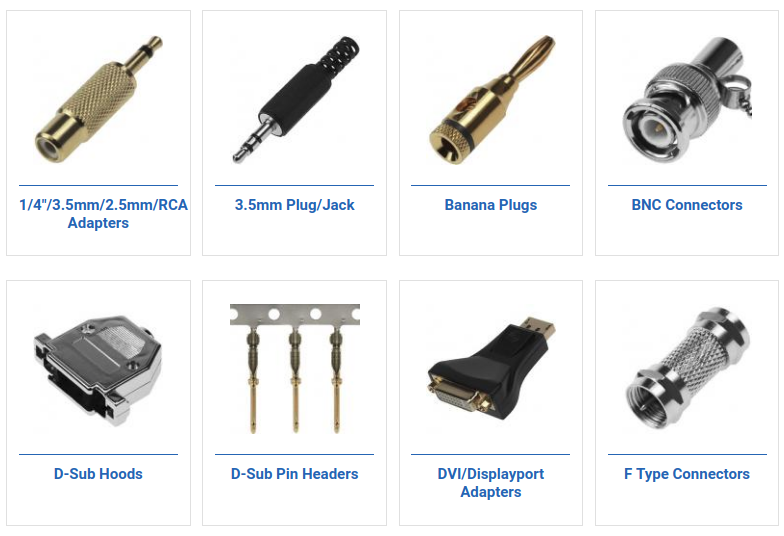Customers Warned by Consumer Protection against Overseas Plug Converters
Keeping in view the increasing number of electrical accidents in consideration, the Consumer Protection has issued a warning to online customers who buy electronic appliances from overseas sellers. According to reports, the power adapters delivered along with the appliances do not synchronize with United States’ safety standards and could injure or prove to be fatal in worst cases.
 There had been a couple of such incidences pretty recently in which two consumers were affected adversely by electric shocks from power adapters that were a part of the packages they ordered online from across the borders. One of these accidents involved electric shocks from a travel adapter having multiple pin options.
There had been a couple of such incidences pretty recently in which two consumers were affected adversely by electric shocks from power adapters that were a part of the packages they ordered online from across the borders. One of these accidents involved electric shocks from a travel adapter having multiple pin options.
A higher official from the Consumer Protection firm confirmed that it is a solution that went wrong. The sellers of such appliances offer these additional power adapters to make their appliance compliant to use in the country but it only increases the risk.
The problem is the roots from the pins that lie exposed when the additional pins are in use. The exposed pins go live when the appliance is on and passes high voltage of electricity which is risky. The Consumer Court is mingling with various sources to spread the news and beware people about the implications behind these power adapters and converters.
So, what can you do if you already have these appliances? Try some of these suggestions to utilize your appliance without posing any serious risks:
1. Be careful about the safety of the electrical goods received, no matter how safe they claim to be. Every country has their own safety standards, what’s safe for them, might not be so for you.
2. Get the adapter cross checked by an electrician or buy an adapter from local retailer which is approved to use in your country.
3. If the plug pin is not befitting according your power board requirements, get it replaced by an electrician to get a US standard plug.
4. Do not pass unapproved adapters to anyone, destroy them.
This was for consumers who had already invested in foreign goods, to be an aware customer in future, please take a note of the following points:
1. Only buy electrical products that are manufactured by ISO 9001-2000 registered manufacturers and sync with the US standards of Safety.
2. Consider buying electrical appliances from US stores instead of overseas suppliers.
3. Before making the purchase, ensure the pins are of US configuration and are approved to be used in the country.
4. The pins of the power adapter should be insulated for 50% of the pin length at a minimum.
5. Do not use previous adapters from overseas sellers considering it had been safe till now. Accidents do not occur in the first go always!
6. Local electronic products should be approved by the state’s safety regulators but by any chance if you purchase any adapter locally and find it unsafe, report it to the Consumer Protection.
Keep the information handy and spread it among your near and dear ones. Safety is much more important than lucrative foreign products. Look out for products from US manufacturers providing safe and RoHS compliant products.



Comments
Post a Comment